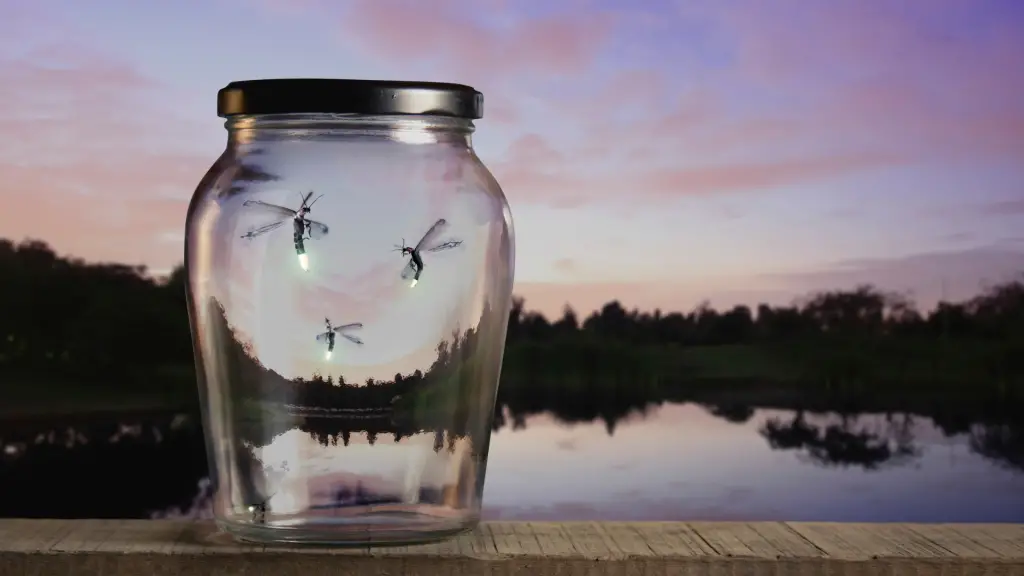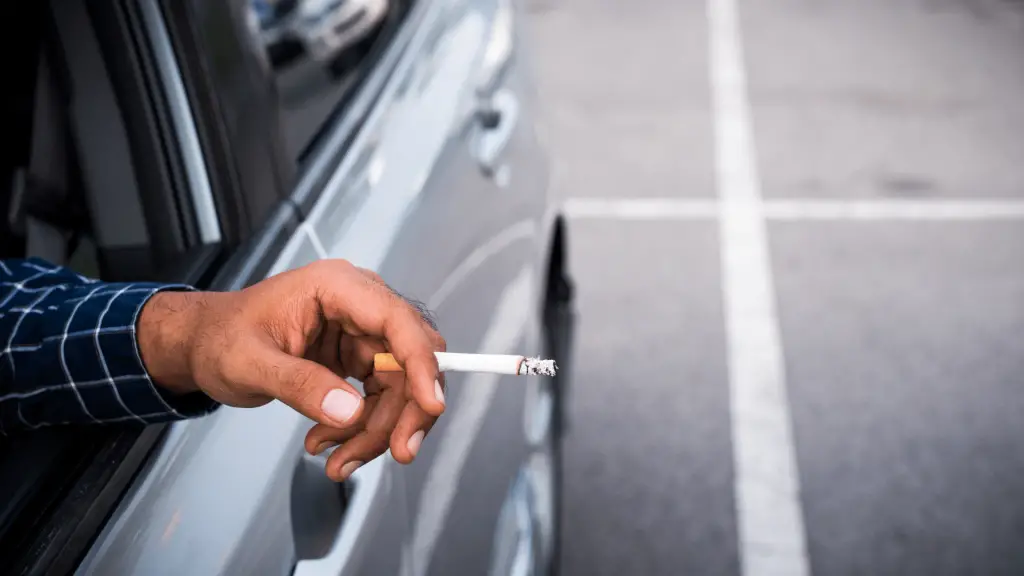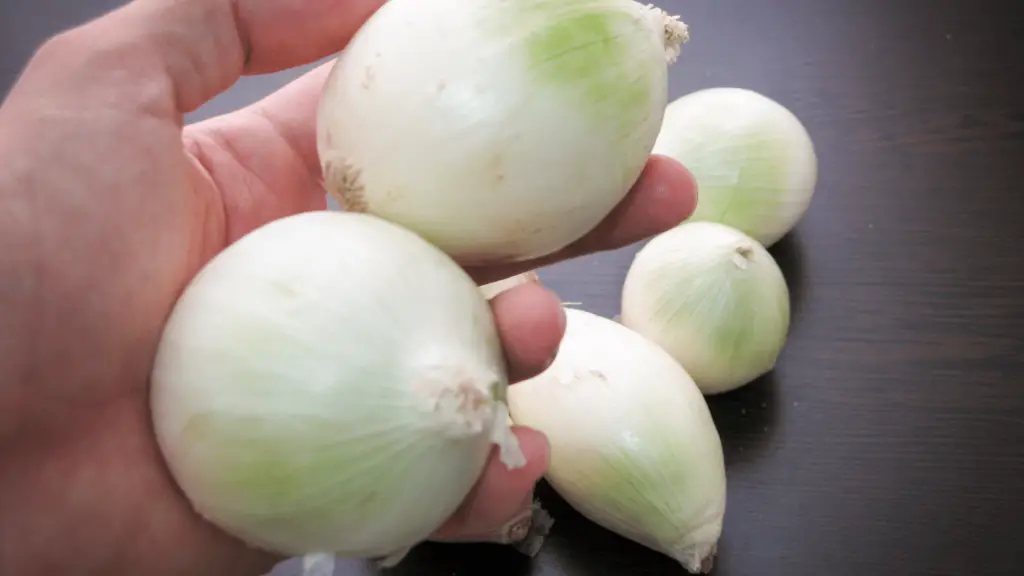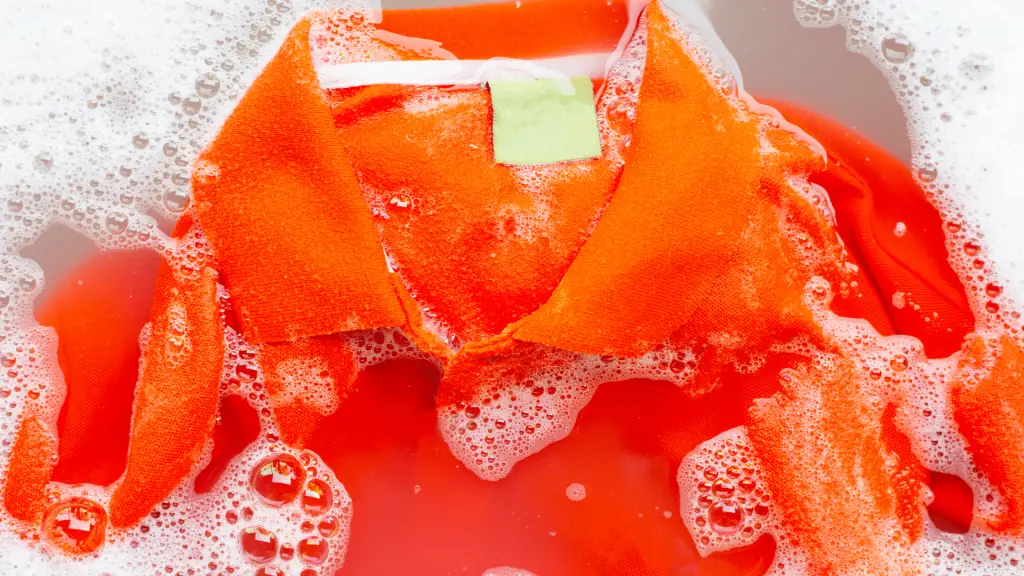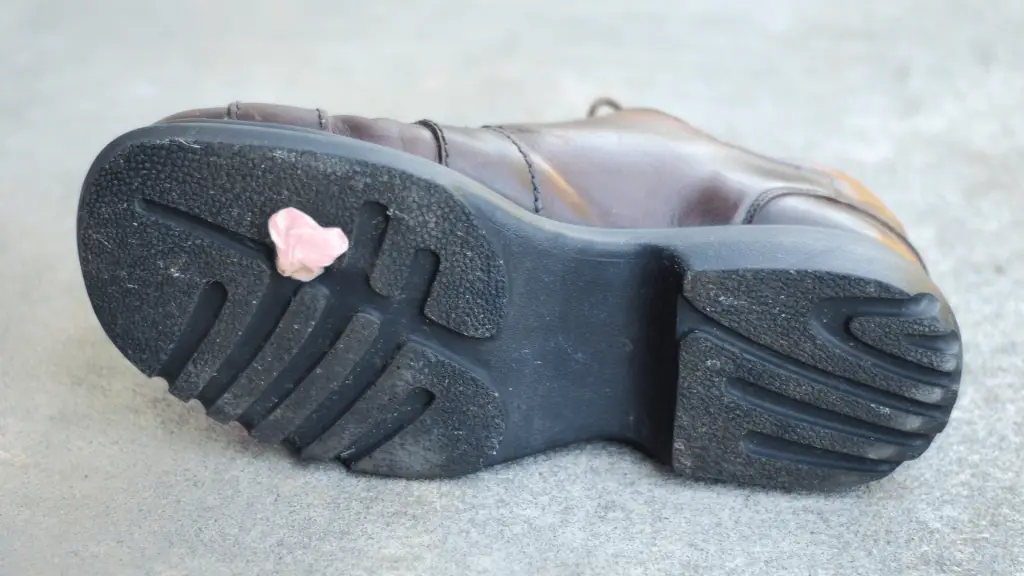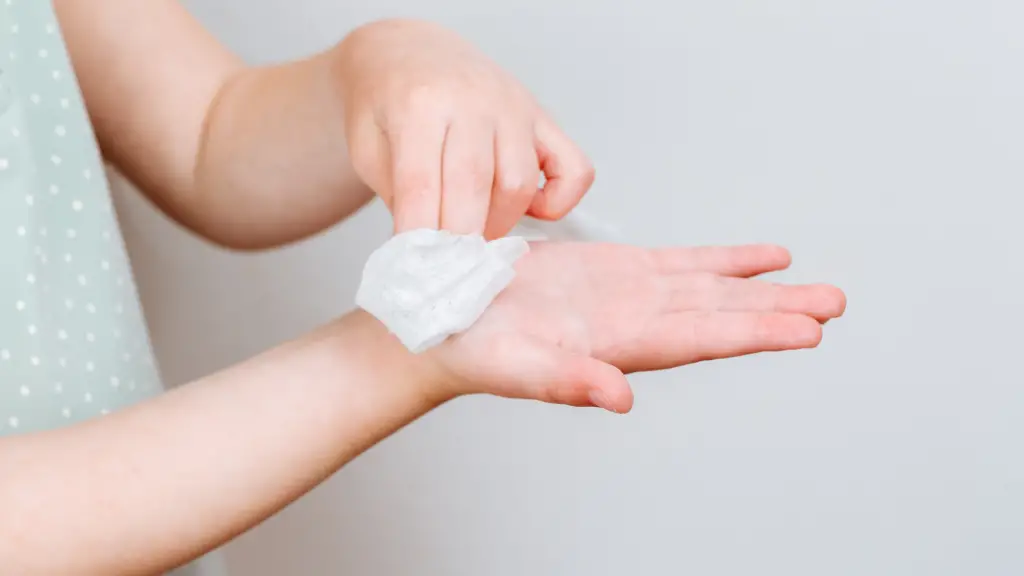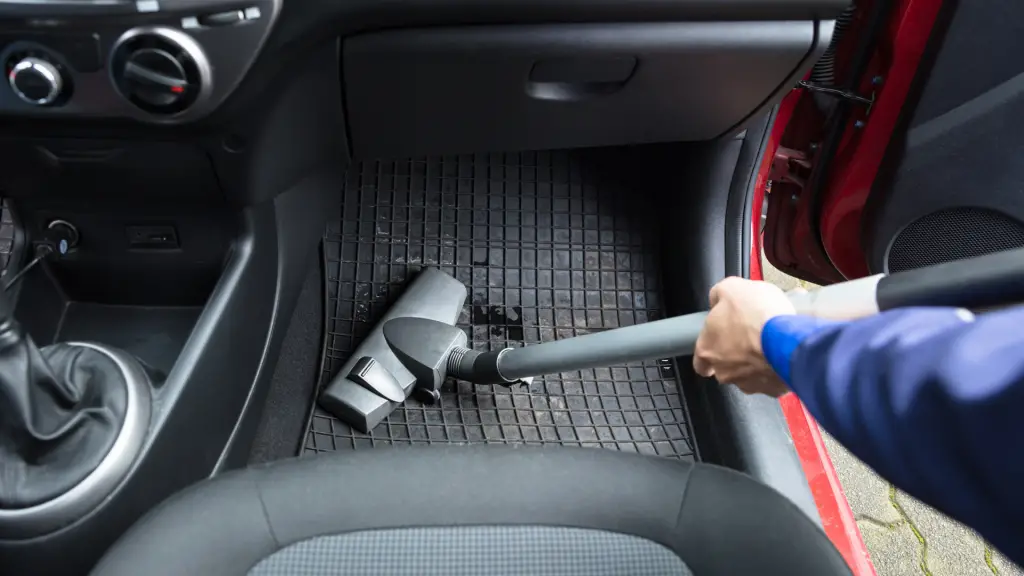This is an issue that a surprising amount of people seem to have and let’s be honest no one wants to drive a car that’s filled with ants. So in this article, I will show you how to get rid of ants in your car and also how to prevent them from entering.
Why are there ants in your car?
Ants usually look for food and water and they do this by finding scents. Oftentimes people usually park over ant nests and sometimes the vehicle and be filled with a lot of leftover food and garbage. So the ants will smell the food directly above them and try to look for it. So this is why they are in your vehicle.
Different types of ants
Before you do anything, the best thing to do is to find out what type of ants you are dealing with. The crazy ants or carpenter ants are usually the ones inside of cars searching for food, but it’s not uncommon if you see other species of ants doing the same thing.
Can ants damage a car?
The answer for this is a bit tricky because most times ants will bite humans but it usually isn’t fatal, you’ll only feel a sting that lasts for a couple of seconds. But there are some ants ( red ants, carpenter ants, and fire ants) that usually bite on wood, tires, and also foam.
How to get rid of ants in your car
Clean inside the car
Remove trash
This is one of the best ways to prevent ants from entering your vehicle. If you have a lot of trash in your car you are just asking for an ant infestation. What’s worse is that the ants may be less of you issue if cockroaches start to infest it as well. So you have to make sure that you remove any trash you see that’s inside or outside the vehicle. The right way to remove all trash from your car is to dispose of things such as snack bags, drink cups, any open food bags, etc. If you even have non-food-related garbage in your car you should still dispose of them.
Vacuum
Vacuuming the interior of your car is a must if you don’t want an ant infestation. You might be wondering why is it important to vacuum inside your vehicle? Well, it’s important because many times when we eat inside of our cars, the crumbs from the food usually get spread all over. Some of the places where the crumbs are usually are are the seats, under the seats, on the floor, under the car mat, between the seats, and the door crevices. You may find food crumbs and other things in other areas of the car but that’s where they usually are. So make sure you use a powerful portable vacuum to get rid of all the small dirt particles and the food crumbs from inside your car. Doing this will make the inside of your car way cleaner than before.
Wash the car mats
You might be wondering if there’s a point in washing the car mats if you’ve already picked up all the trash and vacuum everywhere inside the car; and trust me it is necessary to do so because sometimes when we have a drink inside of our vehicle, the drink can spill on our car mats and this will attract ants inside your car.
When washing your car mats you have to fill a bucket with water and dish soap and use a brush or a sponge to clean them. You can also just use a hose and wash them. After washing the mats you need to let them air dry. After letting them air dry place them back inside of the car.
Clean tires
Cleaning tires may seem like an odd way to prevent ants from entering your vehicle but most times it’s necessary to do so. The reason is that that’s where most of the ants usually climb to enter the car. So a good way to clean your car tires is to chemically treat them so that the ants will refuse to climb them. You can use insect repellant and spray the car tires, just make sure that the chemicals that you are using arent too strong and won’t damage the tires or anywhere else on the car.
Places to check-in car
Now before we get rid of the ants we have to know where their hiding spots are. The thing is about ants is that they are so small, that anywhere in your car could be their hiding spot. But some places you should search are under the seats, under the mats, the door frame, wheels, the trunk, etc. Ants usually hide in a bunch of different places so I will now show you how to get rid of them.
Getting rid of the ants
The best way to get rid of ants in your car or home is to use bait or pesticides. These are a great way not only to draw out ants but also to kill them. There are two types of baits and pesticides you can use. You can either use natural ones or non-natural ones. I will show you how to use both of them.
Synthetic
Using regular ant killer bait
You can find these baits and traps in your local supermarket or online. After finding the one that you are going to use place it in your car and wait for the ants to get caught. Keep doing this every day until all the ants that are in your car are gone.
Use ant spray
Ant sprays are a good way to get rid of ants but the only problem with them is that you have to wear a mask and the only effective method of killing the ants is to spray when you see them. You don’t always have to spray the ants as you see them, you can also spray places like under the seats, trunk, etc. Don’t spray directly onto the seats as the fabric will absorb the spray and this can be toxic to children, pets, and even adults as well. So to avoid any issues make sure to open your car for a couple of hours after spraying inside. You should also clean the seats and other areas as well.
Natural
Dawn dish soap
Natural products are usually safer to use so you don’t have to worry about wearing gloves and a face mask. One of the best natural ant killer/repellants you can use is dawn dish soap. Now if you have seen my other articles you’ll know that I talk about dawn dish soap a lot and this is because it has so many uses. You can use it to clean your dishes, toilet, bathtub and now you can use it as an ant killer.
The reason why dawn dish soap works well as an ant killer is because it breaks down the ant’s exoskeleton by removing the lipids that will eventually make them dehydrated. This will also make most ants drown instead of floating on water.
The best dawn dish soap to use is the blue one. I don’t know if the other ones are all made the same but the blue dawn is the one that I see most people using when they are getting rid of ants.
To make your own ant killer with dawn dish soap your need to mix 2 cups of warm water, 4tbsp of dawn dish soap, 1tsp of salt into a spray bottle. Now spray the mixture directly onto the ants when you see them in your car.
After spraying the ants and getting rid of them. It is now time to clean the car. All you have to do is wipe away the soap that was sprayed inside the car, then use a dry cloth to dry the area. It’s best to do this because if you let the moisture sit in the car for too long it will later cause mold/mildew to form from it.
Essential oils
To some people, this may come as a surprise but you can actually use essential oils as a way to repel ants and other insects. Essential oils have many uses some are more believable than others but this one can actually be trusted.
Most essential oils have an aroma that causes most insects to keep away.
Borax
Borax is not only good for laundry, because it has so many other uses. The crazy thing about borax is that most people don’t really know about the other uses it has. You can use it to clean a lot of areas around your home and in this case, you can also use it as an ant killer.
To use borax as an ant killer you need to get a small bowl or container and add 2 cups of borax and mix it with a lot of sugar, preferably brown sugar. After mixing them together place the container inside the car. You can place multiple containers of the mixture in different areas of the vehicle if you want to. Now wait as the smell of the sugar will attract the ants and the borax will kill them when they start eating. It might take some time for the borax to kill them.
If you are interested in some other ways you can use borax then click here.
Vinegar
Did you know that you could use vinegar to kill and repel ants? Well, now you know. Vinegar is a cheap yet effective ant killer and repellant. To kill ants with vinegar you first need to mix vinegar with equal parts warm water and pour the mixture into a spray bottle. You can even add a little dish soap as well. Then spray the ants as soon as you see them. If the ants won’t come out you can use a piece of a candy bar to bait them out.
To repel the ants with vinegar you need to spray the tires with vinegar and also place vinegar-soaked cotton balls around inside of your car.
Boric acid
Before you use boric acid make sure to wear a face mask and gloves. To kill ants with boric acid you need to mix together 1-2 cups of boric acid, 5tbsp of salt, and 2 cups of brown sugar and place the mixture into an open container. Now place the container inside of your car and then all you have to do is wait until the boric acid kills the ants. Now you won’t have to worry about the ants inside your vehicle.
How to prevent ants from entering your car
While getting rid of the ants is a good thing, you still have to think about where they’re coming from and why are they inside your vehicle. I will now show you some ways how you can prevent ants from entering your car.
Clean car regularly
This is probably the main reason why you have ants in your vehicle. Ants like places where there is a lot of food and junk and when your car is filled with this, they will be attracted to the smell and want to enter your vehicle. Remember that ants are really small so they can fit through in almost any tight holes and crevices. What’s even worse is that ants aren’t the only thing you should be worried about if the inside of your car is very filthy. Cockroaches and other pests such as small mice will try to sneak into your vehicle if they smell a lot of food in it.
When cleaning your car it’s best to start by getting rid of the food crumbs you see. Most of the food crumbs are usually from chips, bread, sandwiches, cakes, and pastries. Food crumbs are usually under your seats, on the dashboard, in between the seats, on the floor, and under the car mat. Make sure to use a vacuum to remove all of them.
After getting rid of all the food crumbs be sure to wipe down the dashboard as well. Sometimes sweet substances usually stick to the dashboard so you have to make sure to always clean it. When cleaning your dashboard you have to use a disinfectant, such as a Lysol disinfectant spray/wipes, or a liquid disinfectant such as fabuloso.
Also, be sure to clean your car mats. This is because car mats are one of the dirtiest things in the car apart from the seats. Not only that but cleaning your car mats will get rid of the dead ants and eggs that have been on it. When cleaning the car mats be sure to use a citrus soap. This will repel any remaining ants in the vehicle. After washing the car seats let them air dry.
Now it’s time to wipe down the car doors and seats with a citrus spray. Not only will this repel ants away from your car it‘s also a great way to clean it and make it smell way better than before.
Change parking spots
If you did everything I told you to do but ants are still infesting your vehicle then it might be time to change parking spots. After doing this be sure to spray the car wheels with ant repellant so that the smell can discourage them from wanting to enter your vehicle. If you don’t have ant repellant you can spray the wheels with vinegar or essential oils instead.
Destroy nearby nests
While ants are usually attracted to food and the filth that was probably in your car was one of the reasons why they were infesting it. The problem is still not over, even if you did every method I listed in this article. Most times when the car is directly parked over an ant nest, it can be a big issue because now they are so close to the car, that they can even smell almost any food from inside.
So the first thing you need to do is move your vehicle and now it’s time to take out the ant nest. When dealing with an ant nest you have to be careful because they will try to attack you in self-defense so it’s best to wear shoes and pants. You should also wear a face mask and gloves because you’ll be handling ant killer products which can be somewhat harmful to humans if you arent using them carefully. If you are using a spray then be sure to spray the ant nest directly and also every ant as well. The good thing is they will be evading in a large group so it will be easy to eliminate them. If you cant see them then it’s best to place baits near the nest. Doing this will definitely poison them.
Contact pest control services
While all the methods I listed throughout this article should work for a lot of people, it still might not work for some maybe because the issue is overwhelming.
If this is the case then you don’t have to worry because all you have to do is go on google and search for pest control services near you and you’ll find tons of them willing to help for a fee.
Conclusion
In this article, I told you some effective ways how to get rid of ants in your car. The reason why I made this was that I know a lot of people go through this same issue. So be sure to clean the inside of your car regularly and dispose of any trash you see in it.







